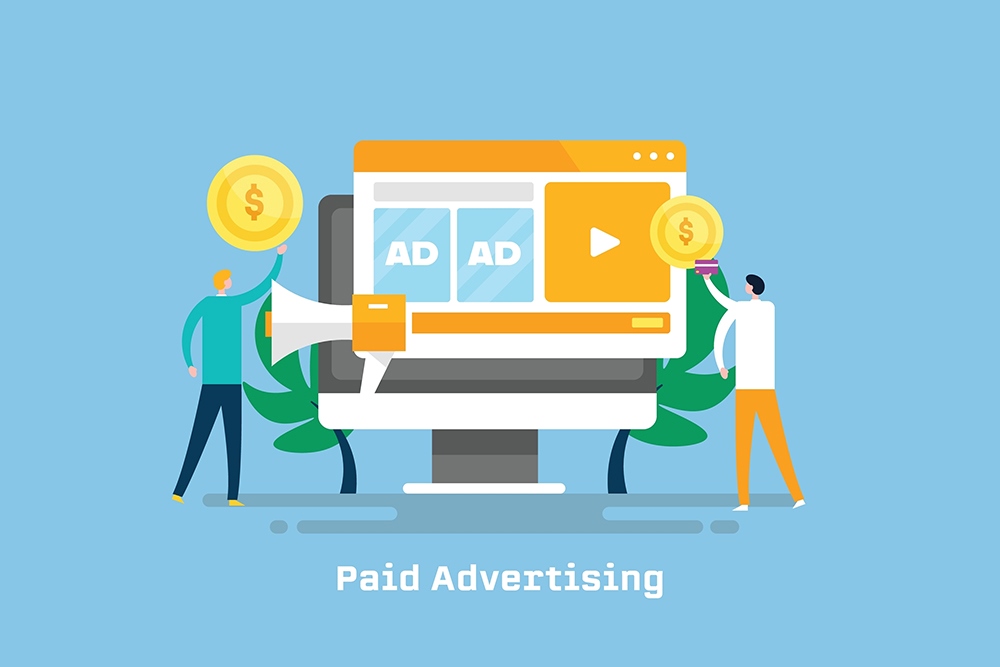In the crowded digital landscape, standing out from the competition is more challenging than ever. While organic marketing efforts like content creation and SEO are crucial for long-term growth, the immediate visibility and targeted reach offered by paid ads are indispensable tools for any modern business. However, simply allocating a budget to digital advertising isn’t enough.
To truly succeed and drive a positive return on investment (ROI), you need a strategic approach that maximizes the value of every dollar spent. This involves understanding the various platforms, knowing your audience, and continuously optimizing your campaigns.
Understanding PPC Campaigns: The Core of Paid Advertising
At the core of paid advertising is the concept of PPC campaigns (Pay-Per-Click), where you pay a fee each time your ad is clicked.
This model allows for incredible control over your budget, as you are only charged for actual engagement. The power of Paid Ads lies in their ability to put your message in front of the right people at the right moment.
Platforms like Google Ads and Facebook ads offer sophisticated targeting capabilities that go far beyond traditional advertising:
-
Google Ads: Target users based on keywords they are actively searching.
-
Facebook Ads: Reach users based on demographics, interests, and behaviors.
This intent-based targeting is one of the biggest drivers of high-quality traffic.
Building a Strong Strategy to Maximize ROI
Maximizing your ROI begins with a clear strategy and a deep understanding of your target audience.
You need to know not only who they are but also what their pain points are and how your product or service provides a solution. For example:
-
A local plumber can target searches like “emergency plumber near me” or “clogged drain repair.”
-
A retailer can use Facebook ads to reach specific demographics interested in their niche products.
By ensuring your ads are hyper-relevant, you avoid wasting budget on irrelevant clicks and instead attract qualified leads who are more likely to convert.
Continuous Optimization: The Key to Sustained Success
Once your campaign is live, the work has only begun. Ongoing optimization is the secret to achieving long-term ROI.
Key metrics to monitor include:
-
Click-through rate (CTR) – Are your ads compelling enough?
-
Conversion rate – Are clicks turning into sales or leads?
-
Cost per acquisition (CPA) – Are you spending profitably per customer?
For instance, if a keyword attracts many clicks but no conversions, it may be too broad or misaligned with intent. Adjustments such as refining keywords, updating ad copy, or improving landing pages can significantly improve results. The iterative nature of PPC campaigns allows you to constantly test, learn, and refine.
Crafting Compelling Ad Copy and Visuals
Another crucial factor in maximizing ROI is ad creativity. A strong ad should:
-
Have a clear and enticing headline
-
Highlight your unique value proposition in the body text
-
Include a strong call-to-action (CTA)
On platforms like Facebook ads, where users aren’t actively searching for your product, eye-catching visuals and persuasive copy are essential to stop the scroll and spark interest.
A well-designed image or video can dramatically improve engagement and click-through rates.
Integrating Paid Ads With Your Broader Marketing Strategy
Paid Ads perform best when integrated with other digital marketing efforts. Some powerful approaches include:
-
Driving traffic to high-value blog content
-
Promoting special offers or discounts
-
Using ads to build an email list
-
Running retargeting campaigns for users who visited but didn’t convert
Retargeting ads are particularly effective, reminding potential customers of your brand and nudging them back to complete their purchase.
This integrated approach ensures that your Paid Ads strategy works in harmony with your overall marketing plan.
Conclusion
In the end, the true power of Paid Ads lies not just in generating traffic, but in generating profitable traffic.
By setting clear goals, understanding your audience, crafting compelling campaigns, and continuously optimizing, you can ensure every advertising dollar delivers a strong return. Whether you’re a small business aiming to gain visibility or a large corporation expanding your reach, a well-executed paid advertising strategy is a cornerstone of digital marketing success.
It’s all about being smart, data-driven, and agile in a fast-moving online world.
FAQ’s
Q1. Are paid ads worth it for small businesses?
A: Yes, they are highly effective. Paid ads allow small businesses to gain visibility quickly, target local customers, and compete with larger brands, making them a worthwhile investment.
Q2. How much should I spend on digital ads?
A: The amount varies, but a common starting point is to allocate 5-10% of your total revenue to marketing. A good strategy is to start small, measure results, and scale up.

